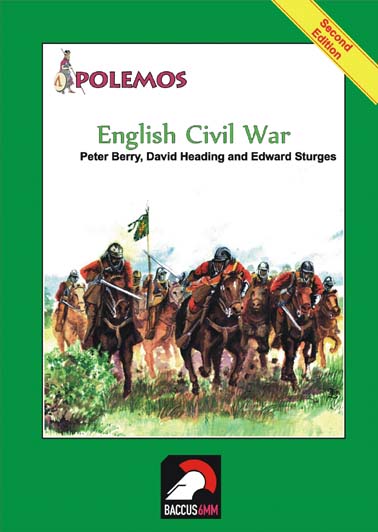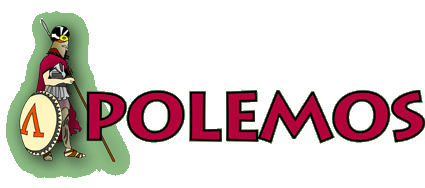
| Home | Painting Guide | Army Lists |
| Sample rules downloads |
POLEMOS - ENGLISH CIVIL WAR
£15.00 |
During the middle years of the seventeenth century, the British Isles underwent a period of huge change, catastrophic wars and campaigns, political revolution, social upheaval political experimentation and religious ferment. It was a period when the famous and the infamous made their entries into the history books leaving their legacy and their legends. Names such as Ralph Hopton, William Waller, Prince Rupert, Thomas Fairfax, the Earl of Essex, the Earl of Newcastle, Owen Roe O’Neill, The Earl of Montrose and Duke of Argyll can still evoke fierce loyalties and harsh criticism even today. The characters of those chief protagonists, King Charles I and Oliver Cromwell, are still considered, analysed and argued over by successive generations of historians.
There is little surprise therefore that the English Civil War has always been a firm favourite for wargamers.
Polemos: English Civil War is unashamedly aimed at large scale actions. It is quite possible to stage, play and complete actions the size of Edgehill, Marston Moor and Naseby in an evening.
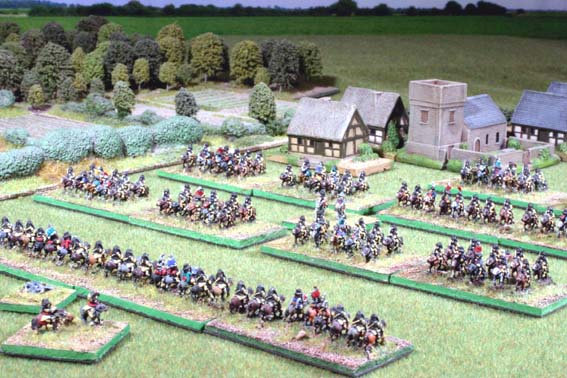
The basic playing piece in Polemos is the Base. An army is comprised of a number of Bases and can be built either using historical orders of battle or on Army Lists. Bases are generally grouped into Brigades. Armies can vary in size from around 15 to 50 Bases.
Polemos ECW is designed to allow the player to represent an English Civil War army using a limited number of bases, each of which represents a tactical element that may act individually. Each base is designed to have enough figures on it to look like a real unit. The design focus eliminates fiddly lining up, precise numbers of figures of musketeers and pikemen etc in favour of a broader approach.
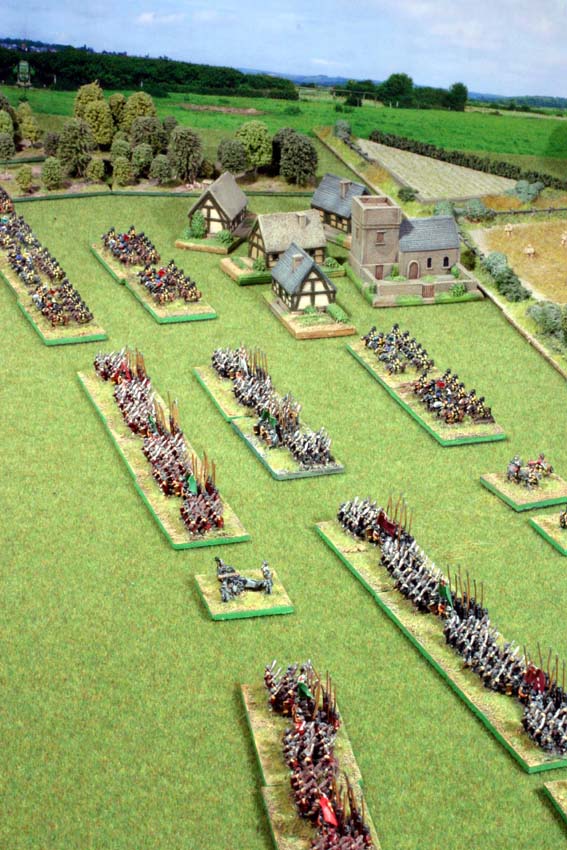
Unit Representation and Organisation
A single Base represents the smallest unit that contemporary generals, (who were, after all, in a position to know), thought worthwhile to deploy as a discrete formation on a battlefield. In the English Civil War, these were:
- One base
of infantry represents a battalion-sized unit (often called a Battalia),
of about 500 Foot.
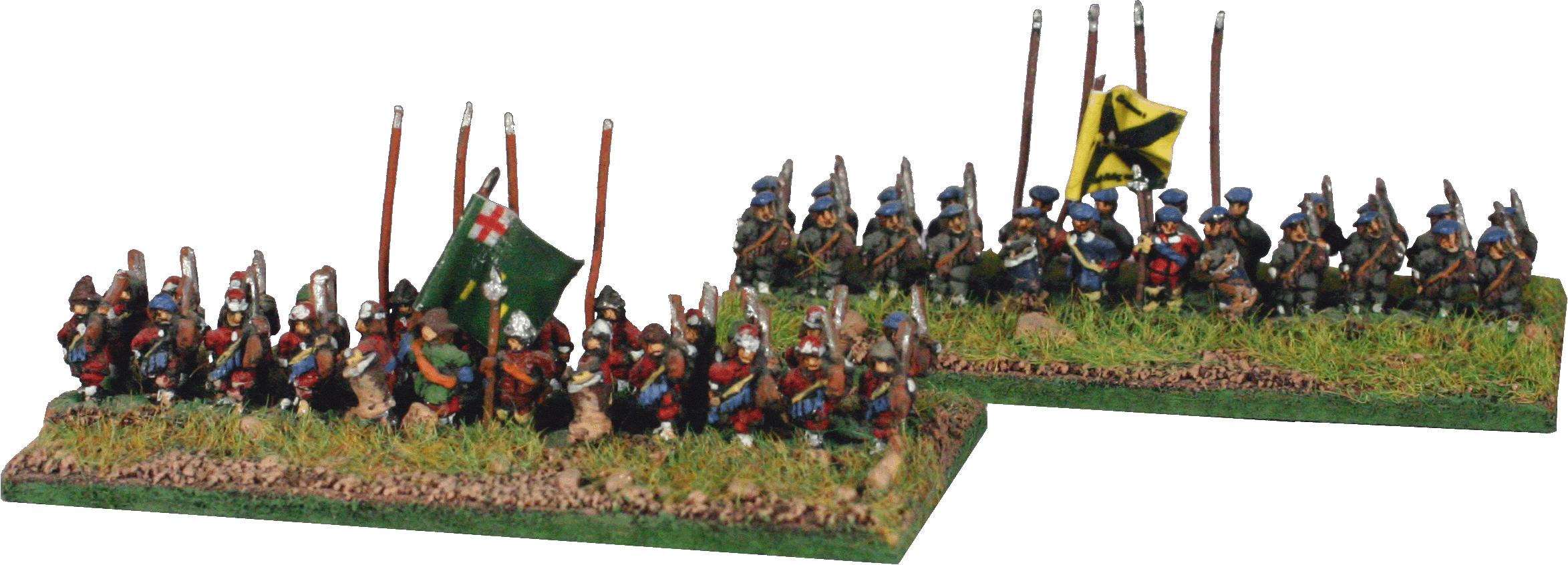
- One base of cavalry represents a squadron of about 125 Horse formed from a number of individual troops, usually from the same regiment.

- One base
of mounted dragoons represents a detachment of about 125 men.
- One base
of dismounted dragoons represents about 250 men - a weak regiment
or half a strong regiment.
- One base of artillery represents two field artillery pieces
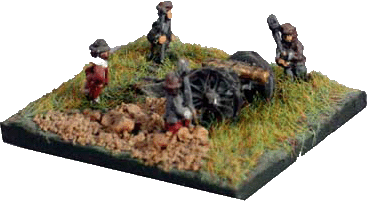
In actual play the tactical
unit is the Brigade of Foot

or of Horse

of between two and five bases.
Ground Scale and Basing
All distances in Polemos games are expressed
in Base Widths (BW) and Base Depths (BD) in order to aid the use of differing
base sizes. A BD is half a BW.
One base width (BW) represents 80 paces. One base depth (BD) represents
40 paces.
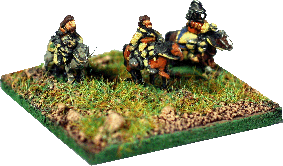
This system means that any size can be used for bases, so no rebasing is required providing both sides are consistent. We have found that a 60mm x 30mm base gives the best results in both practical terms and also in giving a good level of visual impact. All Baccus 6mm Polemos Army and Booster packs are organised on this basis.
Using a BW of 60mm a table of 1.8 x 1.2
metres (6' x 4') represents 2400 x 1600 paces. As a rough guide this is
the area of the action at Lansdown.
| Home | Painting Guide | Army Lists |
